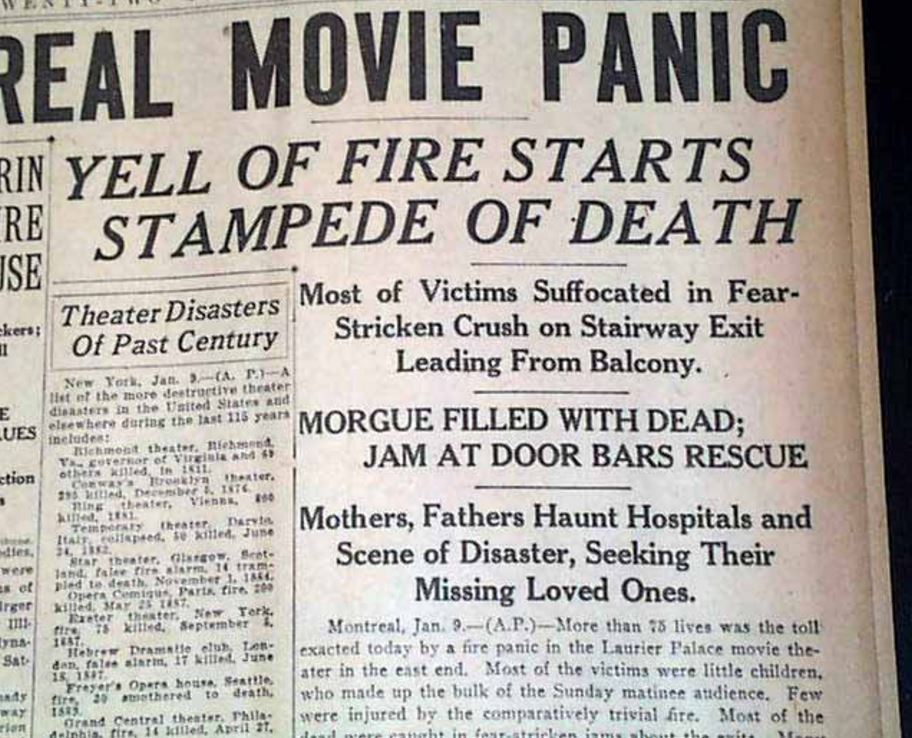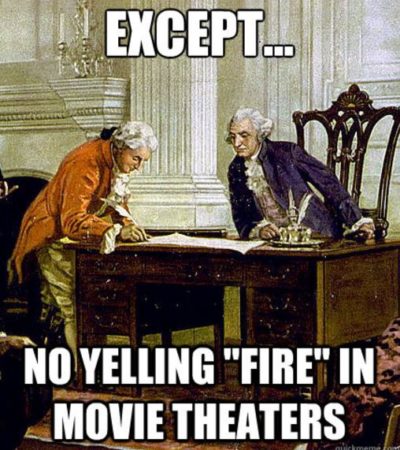When it comes to fire safety, it is important to separate fact from fiction.
In this article we put some common myths to rest, as well as examining whether some notorious claims are in fact true or not.
Fire alarms sound before a fire actually starts.
Fiction. Unless the fire alarm in question has developed a sixth sense, it will not be activated until a fire starts. However, modern fire alarms will usually detect a fire when it is still in the very early stages, if they have been fitted correctly and confirm to full fire regulations.
There are different types of fire, or smoke, alarms available ranging from ionisation alarms (which tend to be cheaper and are sensitive to small particles of smoke) to heat alarms, which measure the temperature of their surroundings.
The type of alarm you have will depend on where it is installed. A heat alarm is a great option for a kitchen, for example, as they are insensitive to smoke, whereas smoke sensitive alarms are likely to be set off more frequently by cooking.
As long as my home or business is fitted with the necessary alarms and fire extinguishers, I am safe.
Fiction. Yes it is essential that a home or business is fitted with the necessary fire equipment such as alarms or extinguishers. However, it is also important to maintain these properly and to know how to use them in the event of a fire.
If you have fire extinguishers on your premises, they need to be appropriate for their use – what type will depend on what is in the building. If they would need to be used in an area heavy with electrical equipment such as a server room, for example, a CO2 fire extinguisher would be the best option.
It is also important to make sure they are located in easy to reach areas, and that there is someone on the premises at all times who knows how to operate them.
Alarms, whether at home or on business premises, must be regularly tested to ensure they are in full working order. This may involve regular fire drills, checking the batteries and assessing their location as your home or business expands.
Staff with fire-drill responsibilities in businesses and public places often use code words to notify staff of a fire.
Fact. This one is usually true. While it isn’t compulsory for a business, or large place, to employ a code word to notify their staff of a fire, the use of one prevents panic spreading if there are a lot of other people around.
One well-known example is the code ‘Mr Sands’ or ‘Inspector Sands’, which is often used by businesses ranging from theatres to public transport authorities, including the London Underground. Several people report having heard an announcement summoning the elusive ‘Inspector Sands’ to an area of the station, before being evacuated or hearing the announcement of a fire drill shortly afterwards.
Although often talked about, the use of the code word still ensures a calmer atmosphere than announcing to the public there may be a fire, and ensures that staff on the premises can safely evacuate anyone present and deal with the matter calmly and quickly.
Fire extinguishers will last until they are used.
Fiction. Fire extinguishers, even if not used, will become less effective over time and will need to be replaced at intervals. There is no specific time frame for this as it depends on the type of extinguishes, but most manufacturers will suggest replacing them every 5 to 15 years, as well as keeping them in good working condition.
Even if not used, if your fire extinguisher shows any damage to the hose or handle, or the locking pin is missing, it will need to be replaced immediately. It should also be regularly checked for any leakage, or corrosion to the body of the extinguisher, and the pressure gauge should be monitored.
If the pressure gauge drops, you need a new fire extinguisher. Fire extinguishers should always have a sticker on display that indicates when their most recent check was as well as a record of any maintenance carried out.
2023 Fire Safety eBook – Grab your free copy!
Download the Fire Safety in 2023 eBook, keeping you up to date with the biggest news and prosecution stories from around the industry. Chapters include important updates such as the Fire Safety (England) Regulations 2022 and an overview of the new British Standard for the digital management of fire safety information.
Plus, we explore the growing risks of lithium-ion battery fires and hear from experts in disability evacuation and social housing.



